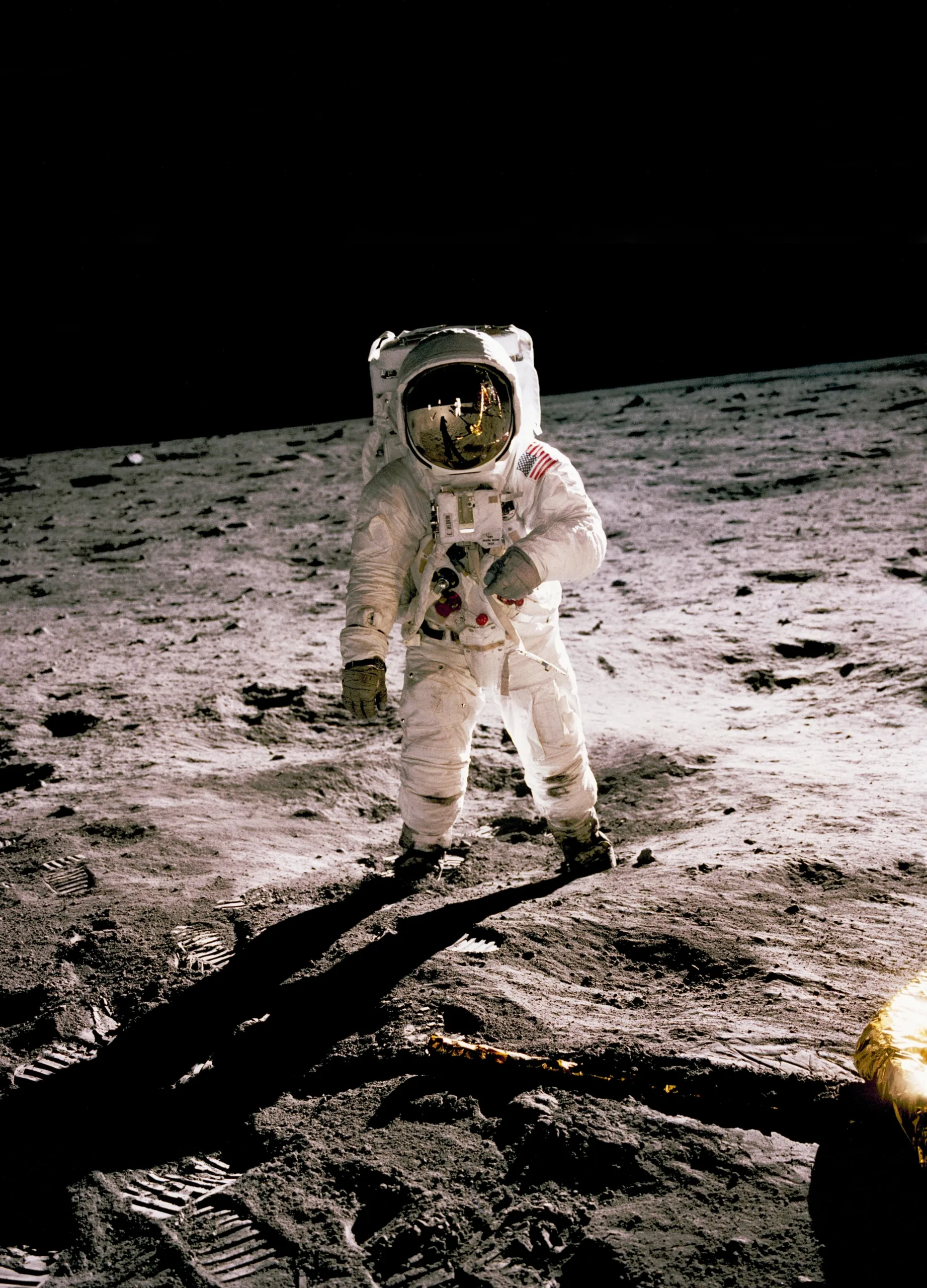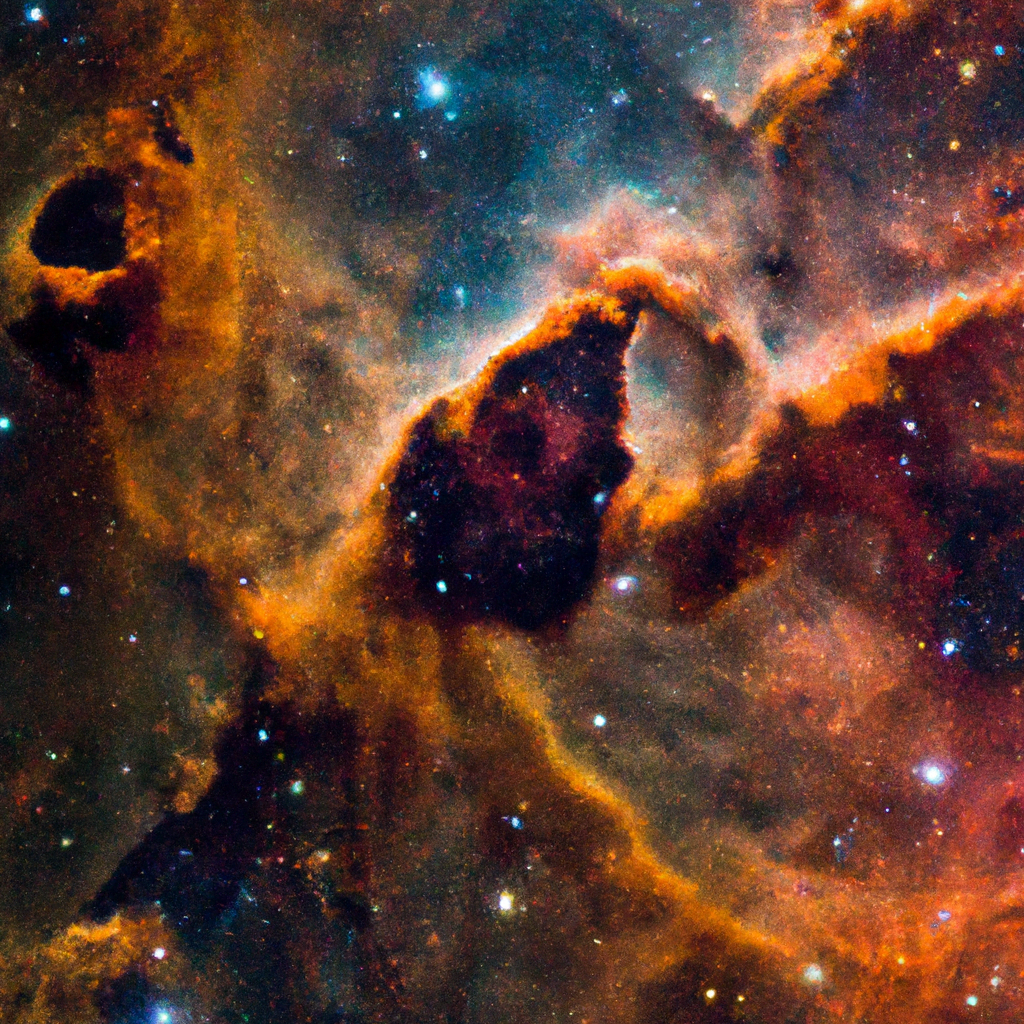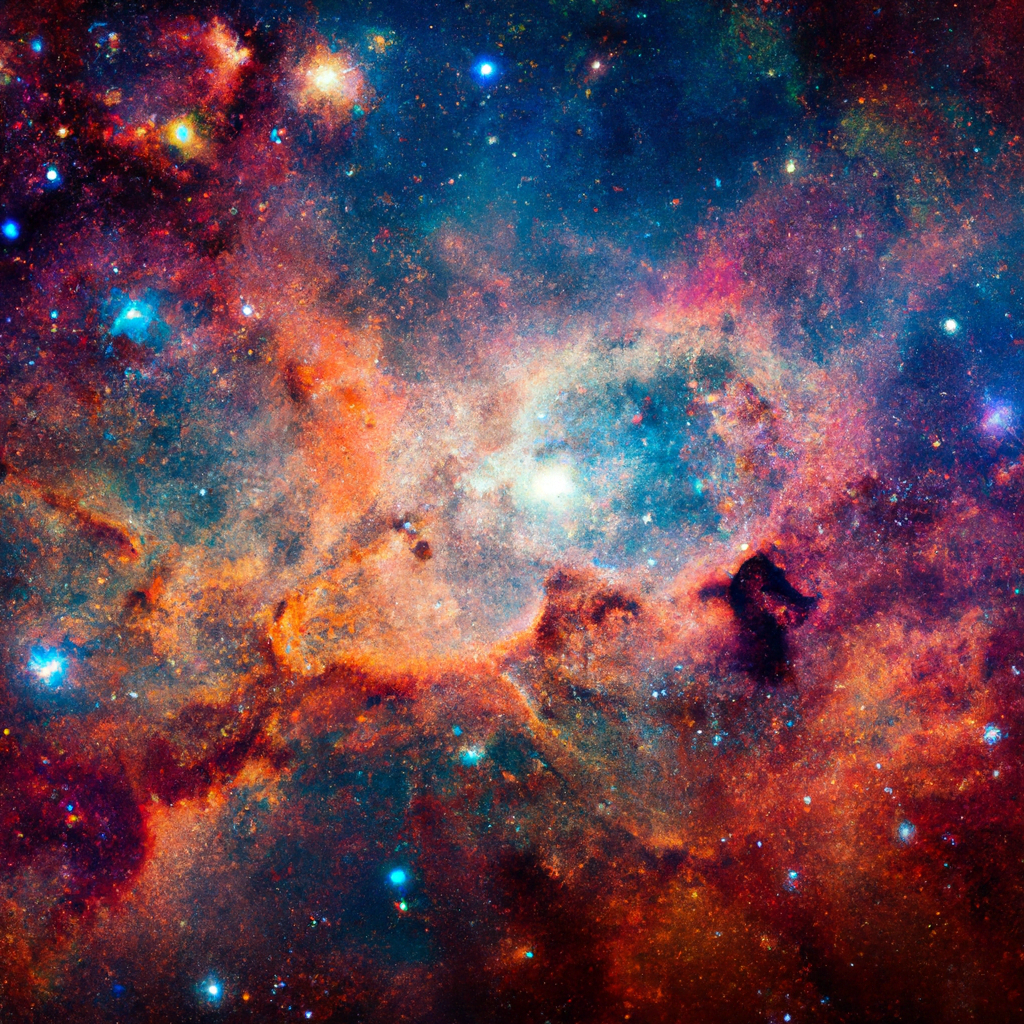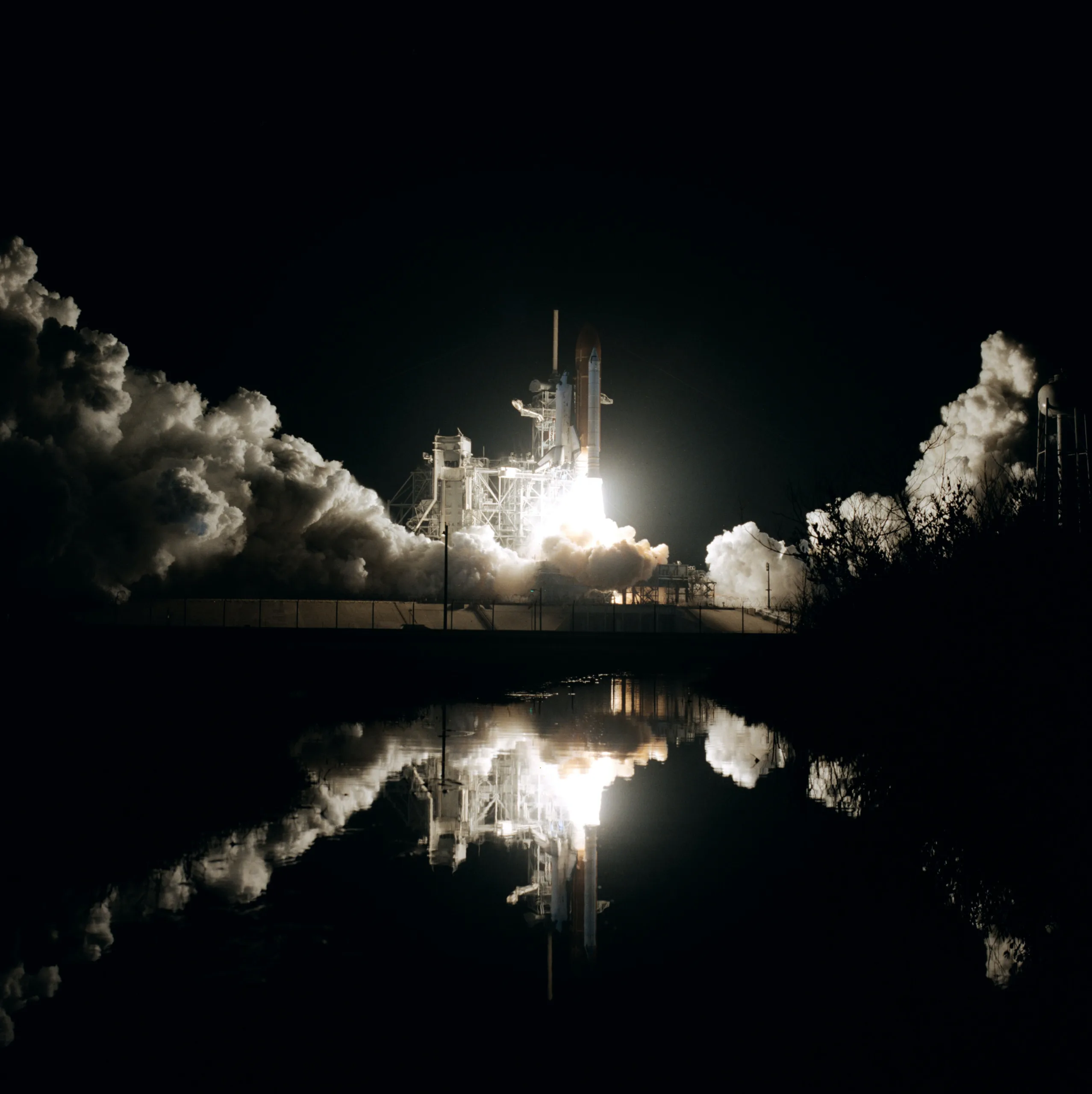If you’ve ever gazed up at the night sky in awe and wondered about the vast wonders of the universe, then you’ve likely heard of nebulae. These mesmerizing celestial phenomena, often referred to as “clouds in space,” are captivating sights that have puzzled and fascinated astronomers for centuries. But with so many different types of nebulae out there, how do you distinguish between them? In this article, we will explore the key characteristics and defining features of various types of nebulae, enabling you to unravel the mysteries of these cosmic wonders and gain a deeper understanding of our vast and beautiful universe. So, let’s embark on this celestial journey together and discover the remarkable diversity within the realm of nebulae.

Table of Contents
Types of Nebulae
Nebulae are fascinating and beautiful formations in outer space that captivate the imagination of astronomers and stargazers alike. These cosmic clouds of gas and dust come in different types, each with its own unique characteristics. In this article, we will explore the various types of nebulae, including emission nebulae, reflection nebulae, dark nebulae, planetary nebulae, and supernova remnants. By understanding the composition and distinctive features of each type, you will be able to differentiate between these captivating celestial wonders.
Emission Nebulae
Emission nebulae, also known as H II regions, are illuminated by the intense energy of nearby hot, young stars. They owe their name to the fact that they emit their own light, primarily in the form of hydrogen-alpha emission. These nebulae are composed mostly of ionized hydrogen gas, along with other elements such as helium, oxygen, and nitrogen.
Composition
Emission nebulae are made up of a mixture of gases, with hydrogen being the dominant element. When massive, young, and energetic stars with temperatures of tens of thousands of degrees illuminate these clouds, they ionize the hydrogen gas, causing it to emit a reddish glow. This process, known as ionization, gives rise to the brilliant and distinct colors commonly associated with emission nebulae.
Characteristic Features
Emission nebulae often exhibit intricate and captivating structures, with filaments, loops, and pillars being commonly observed. These structures are formed through the interaction of the intense stellar winds and radiation from the nearby stars with the surrounding gas and dust. The presence of these hot, young stars within the nebulae creates a visually stunning combination of glowing gas and dark dust lanes.
Examples
Some well-known examples of emission nebulae include the Great Orion Nebula (M42), the Trifid Nebula (M20), and the Lagoon Nebula (M8). These stellar nurseries not only serve as celestial artwork, but also as active regions of star formation, making them invaluable to astronomers studying the birth and evolution of stars.

Reflection Nebulae
Unlike emission nebulae, which emit their own light, reflection nebulae shine by reflecting the light of nearby stars. These nebulae consist of dust particles that scatter and reflect the starlight, causing them to appear blue in color.
Composition
Reflection nebulae contain a mix of gas and dust, similar to emission nebulae. However, the primary difference lies in the distribution of dust particles within the nebula, which allows for the reflection of starlight. These particles tend to be larger and more plentiful in reflection nebulae, resulting in a greater scattering of blue light.
Characteristic Features
Reflection nebulae often appear as glowing blue patches against a dark background. Their features are defined by the intensity and proximity of the illuminating stars. The scattered blue light creates a beautiful contrast against the dark interstellar medium, making reflection nebulae a sight to behold.
Examples
Prominent examples of reflection nebulae include the Pleiades (M45) and the Witch Head Nebula (IC 2118). The Pleiades, also known as the Seven Sisters, is a dazzling open star cluster surrounded by a reflection nebula that illuminates the surrounding gas and dust. The Witch Head Nebula, with its distinct shape resembling a witch’s profile, showcases the ethereal beauty of these celestial formations.

Dark Nebulae
In stark contrast to the vibrant colors of emission and reflection nebulae, dark nebulae are regions of space that appear opaque and block the light from background stars. These elusive and mysterious clouds are composed of thick dust and molecular gas.
Composition
Dark nebulae consist of dense interstellar dust grains, which absorb and scatter light, resulting in their dark appearance. The dust particles are composed of carbon, silicon, and other heavy elements, along with complex organic molecules. These dust grains can range in size from tiny particles to large structures, obscuring the light emitted by stars behind them.
Characteristic Features
Dark nebulae often take on intricate shapes and formations, with their silhouettes creating stark contrasts against the backdrop of stars. They can appear as dark lanes, tendrils, or globules of dense material. These regions are typically where new stars are formed, as the dense dust clouds provide the necessary raw materials for starbirth.
Examples
The Coalsack Nebula (C99) and the Pipe Nebula (B78) are notable examples of dark nebulae. The Coalsack Nebula, situated in the Southern Cross constellation, is one of the most prominent dark nebulae in the night sky. Its distinctive shape and location make it a popular target for stargazers and astrophotographers alike. The Pipe Nebula, located in the constellation Ophiuchus, also showcases the captivating beauty and enigmatic nature of these dark regions.

Other Types of Nebulae
In addition to the three main types of nebulae discussed above, there are two other categories worth mentioning: planetary nebulae and supernova remnants. While they share some similarities with the previously mentioned types, these nebulae have their own unique characteristics.
Planetary Nebulae
Despite their name, planetary nebulae have nothing to do with planets. These nebulae are formed during the final stages of a Sun-like star’s life, when it expands and sheds its outer layers, leaving behind a hot, dense core known as a white dwarf. The ejected material forms a shell around the white dwarf, creating a luminous and often colorful display.
Composition
Planetary nebulae consist of expelled gas and dust from the progenitor star. The composition of these nebulae includes various elements, such as hydrogen, helium, oxygen, carbon, and nitrogen. This diverse mix of materials, combined with the interaction between the central star and the surrounding material, gives rise to the unique colors and structures observed in planetary nebulae.
Characteristic Features
Planetary nebulae exhibit a range of shapes, including round, elliptical, and even bipolar structures. The intricate forms are a result of complex interactions between the energetic white dwarf and the surrounding gas. The colors, which can vary from green to red, are due to the presence of different elements and the excitation of the nebula’s gas by the intense ultraviolet radiation emitted by the white dwarf.
Examples
The Ring Nebula (M57) and the Helix Nebula (NGC 7293) are well-known planetary nebulae that showcase the beauty and diversity of this type of nebula. The Ring Nebula, located in the constellation Lyra, appears as a colorful, donut-shaped structure with a central star at its core. The Helix Nebula, situated in the constellation Aquarius, is one of the closest planetary nebulae to Earth and exhibits a fascinating mix of intricate filaments and gas shells.
Supernova Remnants
Supernova remnants are the aftermath of a massive stellar explosion known as a supernova. These explosive events occur when a massive star reaches the end of its life and undergoes a cataclysmic collapse, releasing an enormous amount of energy. The debris from the explosion expands outward, eventually forming a shell-like structure.
Composition
Supernova remnants comprise a mixture of gas, dust, and high-speed particles that were ejected during the explosion. The composition of these remnants can vary, but they often contain elements such as hydrogen, helium, oxygen, and iron. The presence of heavy elements is a result of nuclear fusion processes that occurred during the star’s lifetime.
Characteristic Features
Supernova remnants can display a wide range of shapes and structures, depending on the properties of the progenitor star, as well as the environment in which the explosion takes place. They often exhibit intricate filaments, shock waves, and regions of high-energy emission. The remnants serve as a testament to the explosive power and the enriching impact of supernovae on the interstellar medium.
Examples
The Crab Nebula (M1) and the Veil Nebula (NGC 6960) are iconic examples of supernova remnants. The Crab Nebula, which resulted from a supernova observed in the year 1054, is one of the most studied and well-known astronomical objects. Its pulsar, a rapidly rotating neutron star at the center, emits beams of radiation that are detectable across a wide range of wavelengths. The Veil Nebula, located in the constellation Cygnus, is a large and intricate structure resulting from a more recent supernova explosion.

Observing Nebulae
Nebulae provide celestial enthusiasts with an astronomical feast for the eyes. To observe these captivating wonders, it is essential to have the right equipment and favorable viewing conditions. Additionally, knowing how to identify different types of nebulae can enhance your viewing experience and deepen your understanding of these cosmic phenomena.
Equipment Needed
To observe nebulae, a telescope is the most valuable tool. Telescopes allow you to magnify and gather more light from the distant objects, revealing details that are invisible to the naked eye. However, even a pair of binoculars can provide a rewarding experience for observing larger and brighter nebulae. To enhance your observations, consider investing in additional accessories such as filters, which can help improve contrast and highlight specific features.
Best Viewing Conditions
To get the most out of your nebulae observations, it is important to choose the right viewing conditions. Ideally, find a location away from city lights, as light pollution can significantly diminish the visibility of fainter nebulae. A clear, moonless night is often preferred, as moonlight can also hinder observations. Patience and persistence are key, as some nebulae may only reveal their intricate details over extended periods of observation.
Identifying Nebulae
Identifying nebulae can be a fascinating and rewarding endeavor, as it allows you to appreciate the diversity and beauty of these cosmic clouds. Several methods can help you in this quest.
Stellar Associations
One approach to identifying nebulae is to look for stellar associations. Emission nebulae are often associated with clusters of hot, young stars, while reflection nebulae tend to be located near bright, nearby stars. Dark nebulae, on the other hand, may appear as dark regions against a backdrop of stars.
Distinctive Shapes and Colors
Another way to recognize different types of nebulae is by their distinctive shapes and colors. Emission nebulae often exhibit intricate structures, with filaments and loops, and their colors can range from red to pink. Reflection nebulae appear as blue patches against a dark background. Dark nebulae, as their name suggests, appear dark and can take on unique shapes, often appearing as darker lanes or tendrils amidst starry backgrounds.
Catalogs and Databases
Consulting catalogs and databases, such as the Messier catalog or the New General Catalog, can be invaluable in identifying specific nebulae. These resources provide detailed descriptions, images, and coordinates for hundreds of nebulae, making it easier to locate and identify them in the night sky.
By understanding the composition, characteristic features, and examples of various types of nebulae, as well as how to observe and identify them, you can embark on a rewarding journey to explore these remarkable cosmic phenomena. So, grab your telescope or binoculars and gaze into the night sky to witness the breathtaking beauty of nebulae, the celestial artwork of the universe. Happy stargazing!
